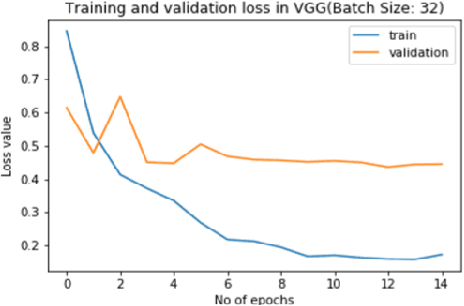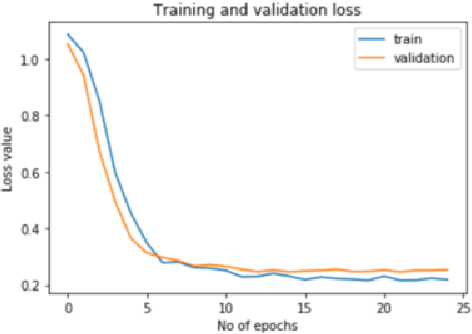Ashish Gautam
NeuroCoreX: An Open-Source FPGA-Based Spiking Neural Network Emulator with On-Chip Learning
Jun 17, 2025Abstract:Spiking Neural Networks (SNNs) are computational models inspired by the structure and dynamics of biological neuronal networks. Their event-driven nature enables them to achieve high energy efficiency, particularly when deployed on neuromorphic hardware platforms. Unlike conventional Artificial Neural Networks (ANNs), which primarily rely on layered architectures, SNNs naturally support a wide range of connectivity patterns, from traditional layered structures to small-world graphs characterized by locally dense and globally sparse connections. In this work, we introduce NeuroCoreX, an FPGA-based emulator designed for the flexible co-design and testing of SNNs. NeuroCoreX supports all-to-all connectivity, providing the capability to implement diverse network topologies without architectural restrictions. It features a biologically motivated local learning mechanism based on Spike-Timing-Dependent Plasticity (STDP). The neuron model implemented within NeuroCoreX is the Leaky Integrate-and-Fire (LIF) model, with current-based synapses facilitating spike integration and transmission . A Universal Asynchronous Receiver-Transmitter (UART) interface is provided for programming and configuring the network parameters, including neuron, synapse, and learning rule settings. Users interact with the emulator through a simple Python-based interface, streamlining SNN deployment from model design to hardware execution. NeuroCoreX is released as an open-source framework, aiming to accelerate research and development in energy-efficient, biologically inspired computing.
Comparative Analysis of Multiple Deep CNN Models for Waste Classification
Apr 05, 2020



Abstract:Waste is a wealth in a wrong place. Our research focuses on analyzing possibilities for automatic waste sorting and collecting in such a way that helps it for further recycling process. Various approaches are being practiced managing waste but not efficient and require human intervention. The automatic waste segregation would fit in to fill the gap. The project tested well known Deep Learning Network architectures for waste classification with dataset combined from own endeavors and Trash Net. The convolutional neural network is used for image classification. The hardware built in the form of dustbin is used to segregate those wastes into different compartments. Without the human exercise in segregating those waste products, the study would save the precious time and would introduce the automation in the area of waste management. Municipal solid waste is a huge, renewable source of energy. The situation is win-win for both government, society and industrialists. Because of fine-tuning of the ResNet18 Network, the best validation accuracy was found to be 87.8\%.
 Add to Chrome
Add to Chrome Add to Firefox
Add to Firefox Add to Edge
Add to Edge